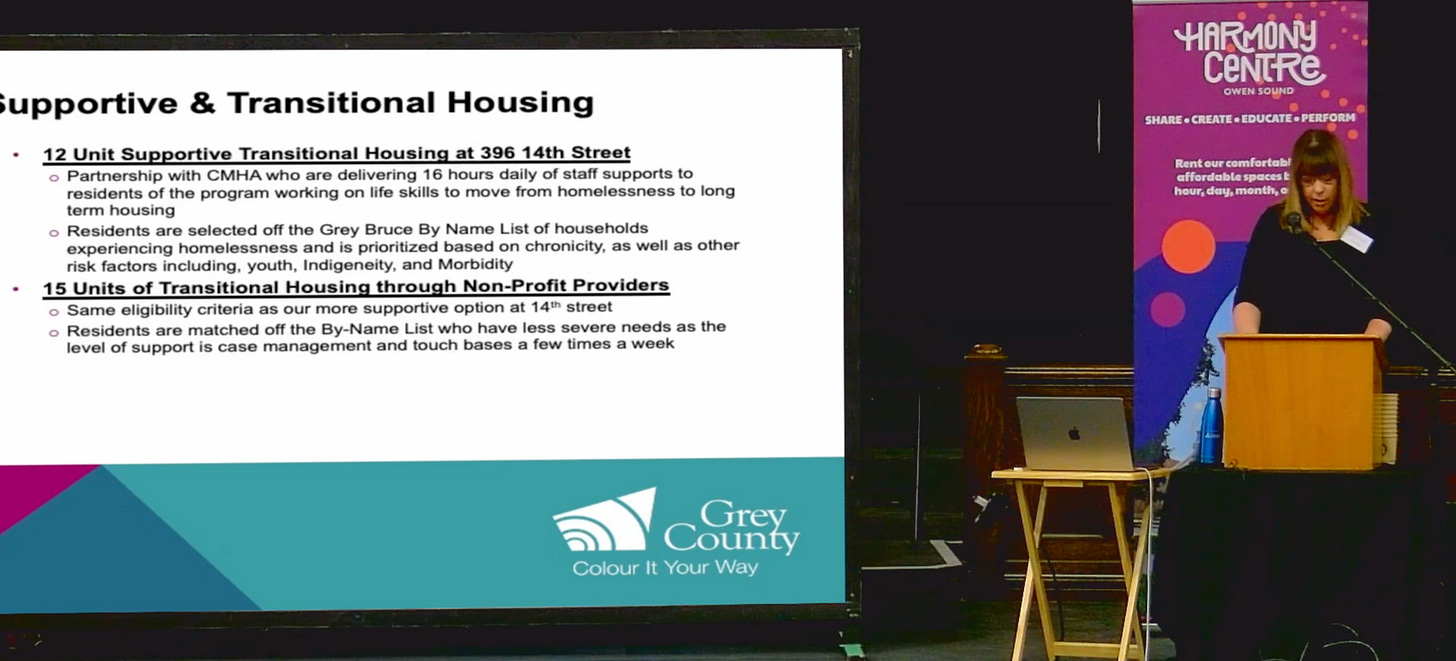Next Steps Emerging from Small Communities Solutions Conference
Community-led solutions gain traction as local leaders chart the path forward. Post-event report and video now available.

The Small Communities Solutions Conference, hosted at Harmony Centre on March 29, aimed to serve as more than a gathering of ideas. It was intended as a launchpad for action. As the dust settles, organizers and attendees are turning their attention to what comes next.
A comprehensive report released on April 23 distills t…
Keep reading with a 7-day free trial
Subscribe to The Owen Sound Current to keep reading this post and get 7 days of free access to the full post archives.


